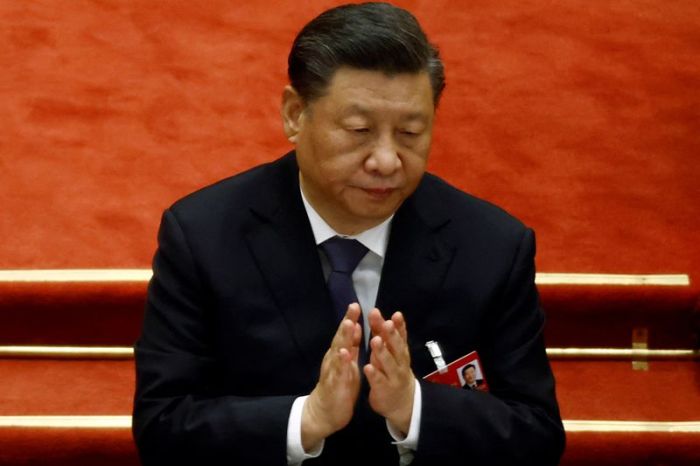HOUSTON (Reuters) -Oil prices climbed 8% on Thursday, extending a series of wild daily swings, as the market rebounded from several days of losses with a renewed focus on supply shortages in coming weeks due to sanctions on Russia.
Oil benchmarks in recent weeks have undergone their most volatile period since mid-2020. After sliding as buyers cashed in on the run-up, prices resurged on expectations that shortages will soon squeeze the energy market.
Benchmark Brent crude futures added $8.62, or 8.79%, at $106.64 a barrel, its largest percentage gain since mid-2020.
U.S. West Texas Intermediate (WTI) crude rose $7.94, or 8.35%, to $102.98 a barrel.
In the last eight trading sessions, Brent oil per barrel has traded as high as $139 and as low as $98 – a more than $40 spread. That has pushed many investors to exit, creating conditions for more wild price swings in the weeks ahead, traders, bankers and analysts said.
Numerous nations have banned purchases of Russian oil to punish Moscow for its invasion of Ukraine nearly three weeks ago. Russia, which calls the military action a “special operation,” is the world’s biggest exporter of crude oil and fuel products. Refiners and end-users must make quick adjustments for coming weeks.
“There are renewed worries in the market that we could lose some more Russian oil,” said John Kilduff, partner at Again Capital LLC.
The International Energy Agency said 3 million barrels per day (bpd) of Russian oil and products could be shut in from next month. That loss would be far greater than an expected drop in demand of 1 million bpd from higher fuel prices, the IEA said.
Russian Deputy Prime Minister Alexander Novak said energy supplies from Russia would remain stable despite what he described as the tense geopolitical situation, the Interfax news agency reported.
Morgan Stanley raised its Brent price forecast by $20 for the third quarter to $120 a barrel, predicting a fall in Russian production of about 1 million bpd from April.
The bank noted that loadings continue at Russian ports, but the share with “destination unknown” is rising. More Russian tankers are on the water as these exports are “starting to struggle to find a market,” it added.
The supply squeeze will more than offset a downward global demand revision of about 600,000 bpd, the bank said.
Prices were being held back by worries about demand after a surge in coronavirus cases in China.
“It’s a one-two punch… demand side is increasingly becoming a question mark,” Kilduff added.
On Wednesday, prices sagged after government data showed U.S. crude inventories climbed 4.3 million barrels last week, contrary to analysts’ expectations for a 1.4 million barrel decline.
The oil market largely shrugged off the U.S. Federal Reserve’s expected interest rate hike of one-quarter of a percentage point on Wednesday.
Sentiment brightened after China pledged policies to boost financial markets and economic growth, while a decline in new COVID-19 cases there spurred hopes lockdowns will be lifted and factories will resume production.
(Additional reporting by Ahmad Ghaddar in London, Muyu Xu in Beijing; editing by Jason Neely, Marguerita Choy, David Gregorio, Tim Ahmann and Richard Chang)


























